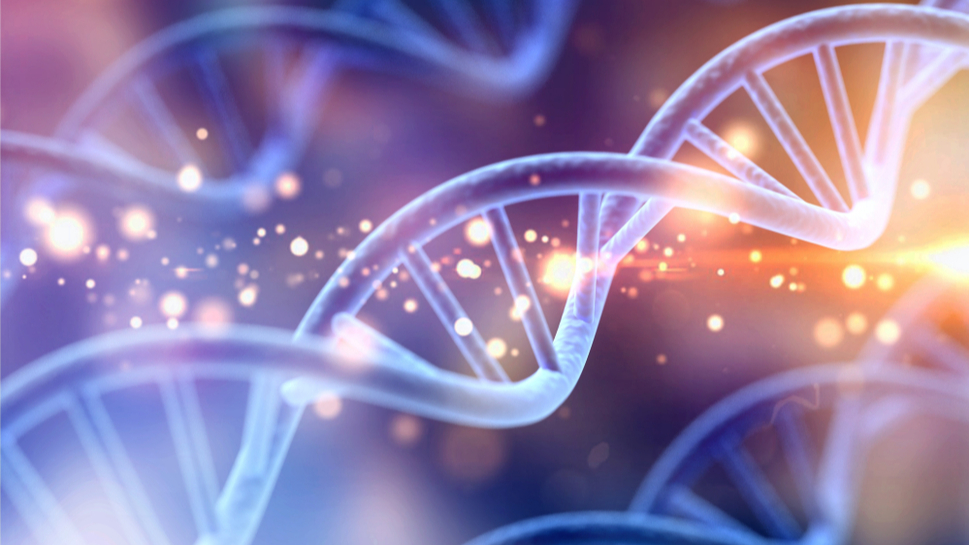Microsoft is edging closer to making DNA storage a reality
1000x faster writing speeds will bring DNA storage closer to tape

Microsoft Research has found a way to read and write data faster in DNA format, bringing us closer to commercially available DNA storage.
Until now, the viability of DNA as a data storage medium has been hampered greatly by how much could be synthesized, and how fast. But in a detailed article, Bichlien Nguyen and Karin Strauss of Microsoft Research set out a new method for writing synthetic DNA with a chip that is 1000x faster than before, allowing much higher write throughput and therefore lowering the cost associated with writing the content in the first place.
The team worked in partnership with the University of Washington at the Molecular Information Laboratory (MISL) and the paper - Scaling DNA storage with Nanoscale Electrode Wells - was published in Science Advances.
"The holy grail of storage"
In a statement shared with TechRadar Pro, a Microsoft spokesperson said:
“It is early days for this research, and while we’re encouraged by our early findings, we have nothing additional to share about future plans [for commercialization]. To add more to the research itself, the DNA synthesis chip was a proof of concept that showed the electrode layout design could be used to generate massively parallel unique DNA sequences for data storage."
"A natural next step is to embed digital logic in the chip to allow individual control of millions of electrode spots to write kilobytes per second of data in DNA, and we foresee the technology reaching arrays containing billions of electrodes capable of storing megabytes per second of data in DNA. This will bring DNA data storage performance and cost significantly closer to tape.“
As one of the largest cloud computing companies in the world, Microsoft has a strong vested interest in developing this technology, which would make cloud backup and cloud storage more resilient and more scalable as we reach the zettabyte era.
Sign up to the TechRadar Pro newsletter to get all the top news, opinion, features and guidance your business needs to succeed!
Don’t expect it to appear anytime soon, though, as there are a number of technological challenges still remaining. But other multi-disciplinary teams across the world are also working on making the holy grail of data storage a reality. Plus, Microsoft is not putting all its eggs in the same basket; it is also betting on holographic data storage with Project Silica.
- Here's our lists of the best NAS drives and best NAS devices

Désiré has been musing and writing about technology during a career spanning four decades. He dabbled in website builders and web hosting when DHTML and frames were in vogue and started narrating about the impact of technology on society just before the start of the Y2K hysteria at the turn of the last millennium.